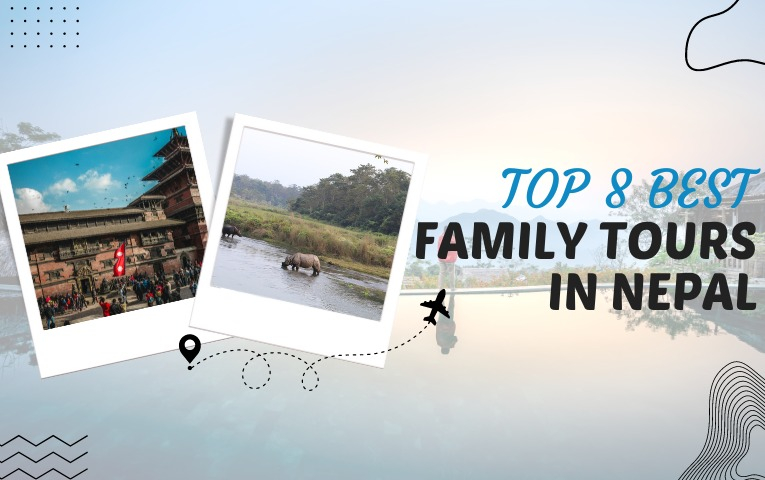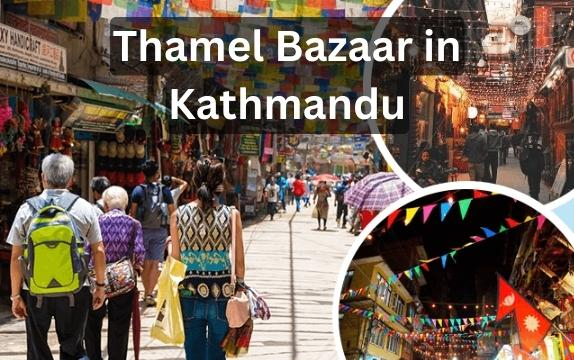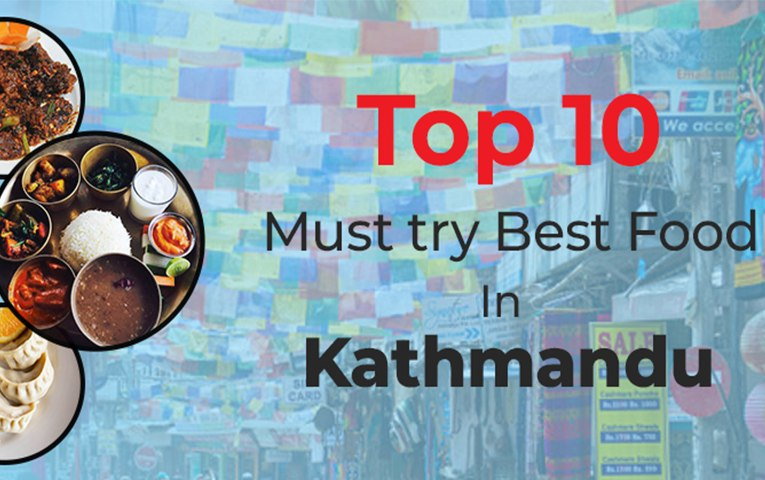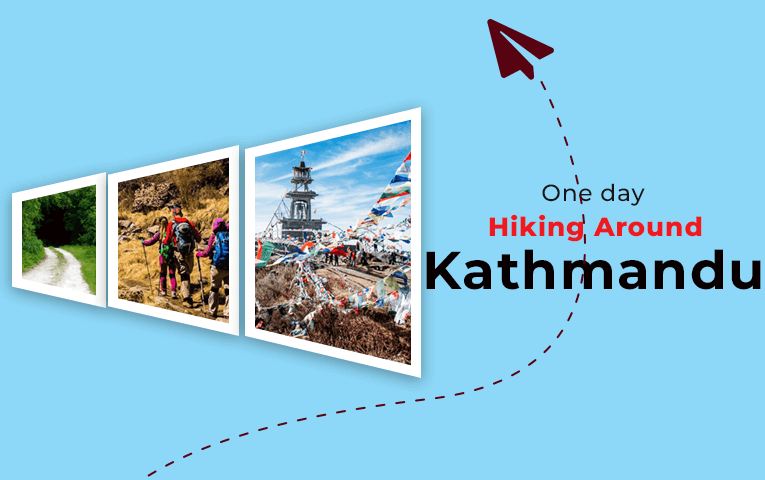Gai Jatra (Sa paru): Commemorating the Deceased Loved Ones
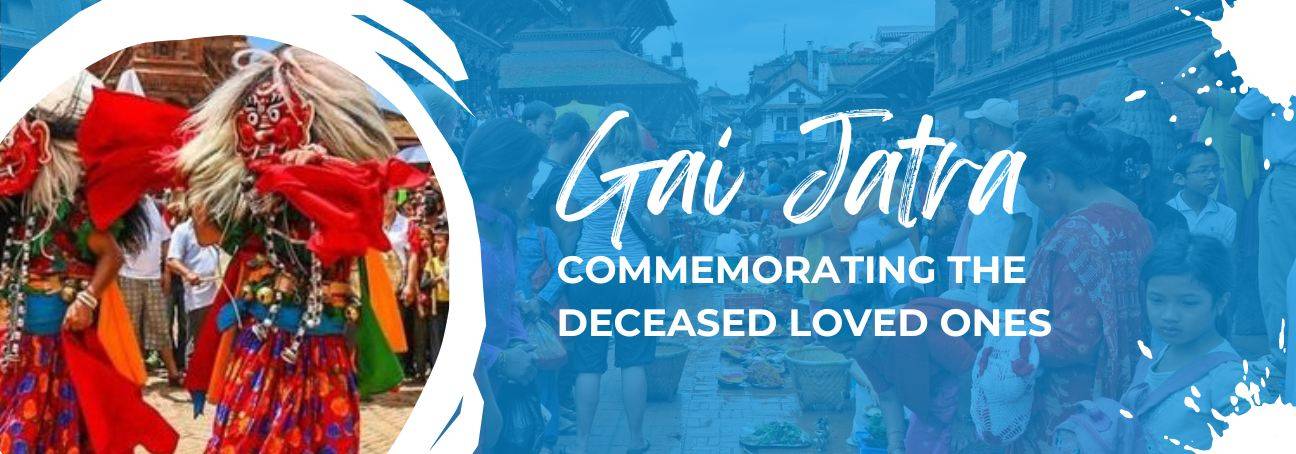
Gai Jatra is a colorful festival in Nepal, celebrated mainly in Kathmandu. It honors loved ones who have passed away in the past year. During the festival, people dress up in costumes, and cows, or children dressed as cows, parade through the streets. This tradition helps families cope with grief by turning sorrow into joy, as they believe the cow guides the departed souls to heaven. It's a time for laughter, remembrance, and community togetherness.
Origin Story Behind The Gai Jatra
The origin of the Gai Jatra dates back to ancient times, when a king in Kathmandu lost his son. The queen was heartbroken, so the king asked every family who had lost someone in the past year to parade in the streets with a cow. Seeing so many others who had also lost loved ones comforted the queen, helping her realize she was not alone in her grief. This tradition continued, evolving into a festival where people celebrate and remember the dead with joy and laughter, believing the cows help guide their souls to heaven.
Cultural Mark of Gai Jatra in Nepal
Gai Jatra combines ancient traditions with communal unity. The festival honors deceased loved ones through colorful parades and costumes, turning mourning into joy. Let’s look at various reasons why Gai Jatra impacts social lives:
- Honoring the Departed
Gai Jatra is primarily a festival to honor and remember those who have died in the past year. Families participate by parading with decorated cows or young boys dressed as cows, as cows are believed to help guide the souls of the deceased to the afterlife. - Celebration of Life and Death
The festival recognizes the inevitable cycle of life and death, encouraging acceptance and understanding of mortality. It reminds people to celebrate life while acknowledging death as a natural part of existence. - Religious Rituals
The festival involves various religious rituals, including offerings to deities and departed souls. These practices help people connect with their spiritual beliefs and seek blessings for the deceased and the living. - Grief Relief
The festival provides a public and communal outlet for grief, allowing families to express their sorrow openly. Participating in the festival can help families cope with the loss of loved ones by sharing their grief with the community. - Community Support
Gai Jatra brings the community together, fostering a sense of solidarity and mutual support during times of mourning. It strengthens social bonds as people come together to support each other, creating a unified community spirit. - Economic Activity
Gai Jatra stimulates the local economy by attracting tourists and increasing demand for goods and services related to the festival. It provides economic opportunities for local businesses, artisans, and performers, contributing to the community's economic well-being.
Gai Jatra Celebration in Different Cities
Gai Jatra is celebrated with a colorful parade to honor those who have died in the past year. Families dress children as cows or in traditional costumes and join a procession through the streets. Cows, decorated with flowers, symbolize guides for the souls of the departed. The festival includes music, dancing, and humorous performances that make fun of social and political issues. People also make offerings to deities and the souls of the dead, combining mourning with celebration and cultural traditions. In different cities, the festival is celebrated like this:
Kathmandu
In Kathmandu, Gai Jatra is celebrated with great enthusiasm and participation. Families dress up their children, especially those who have lost loved ones recently, as cows or in traditional costumes. They join a lively procession that winds through the city streets. The cows, adorned with colorful decorations and flowers, symbolize guides for the souls of the departed to ensure they reach heaven safely. During the procession, there are music performances, traditional dances, and humorous acts that poke fun at societal issues. People also offer food and sweets to honor the deceased and seek blessings for their journey to the afterlife. Gai Jatra in Kathmandu is not only a time for mourning but also a vibrant celebration of life and community unity.
Patan
It's a festival that truly lights up the city with its unique traditions and joyous spirit! Picture yourself wandering through the ancient streets of this historic town during Gai Jatra. Families dress up their kids, often as cows or in traditional attire, and these adorable little ones lead a colorful procession through Patan's bustling lanes.The cows they portray are adorned with vibrant flowers and whimsical decorations, symbolizing their role in guiding departed souls to their next journey. Along the way, you'll hear the rhythmic beats of traditional music echoing through the air, see energetic dances that celebrate local culture, and enjoy humorous performances that add a touch of laughter to the festivities.
Kirtipur
In Kirtipur, Gai Jatra is celebrated with unique traditions and fervor. Families dress their children, often young boys, as cows or in traditional attire and lead them in a procession through the narrow streets of the town. These cow-costumed children are accompanied by musicians and performers, creating a lively atmosphere. The festival combines mourning and celebration as people remember their deceased loved ones with humor and satire aimed at societal issues. Offerings of fruits, bread, and sweets are made to deities and the souls of the departed to ensure their peaceful journey to the afterlife. Gai Jatra in Kirtipur serves as a cultural and communal event that strengthens bonds within the community while preserving local traditions.
Bhaktapur
Let's dive into the colorful and lively celebration of Gai Jatra in Bhaktapur! Imagine wandering through the ancient streets of this beautiful city during this festive time. Families here dress their kids up as cows or in traditional attire, creating a whimsical parade that winds its way through Bhaktapur's historic lanes. The cows, adorned with bright flowers and decorations, symbolize their role in guiding departed souls to their next journey. Along the route, you'll hear the beats of traditional music, see traditional dances that tell tales of tradition and culture, and catch hilarious performances that playfully poke fun at everyday life and social quirks.
Khokana
Let's talk about how Gai Jatra is celebrated in Khokana—it's a festival like no other! Picture this: families in Khokana dress their kids as cows or in traditional outfits, and these little ones lead a joyful parade through the village's cozy streets. The cows they portray are decked out in colorful flowers, symbolizing their role in guiding departed souls to the next life.During this lively procession, you'll hear traditional music echoing through the air, see vibrant dances that tell stories of tradition and community, and catch humorous performances that poke fun at everyday life. It's a time when the whole village comes together, not just to remember loved ones who have passed away but also to celebrate life itself with lots of laughter and joy.
Some Fun Facts about Gai Jatra in Nepal
There are so many fun facts about Gai Jatra in Nepal. Let’s look at some of them below:
- Gai Jatra was initiated by King Pratap Malla to console his grieving queen after their son's death, encouraging people to celebrate life and remember the dead.
- Families dress children in cow costumes or traditional attire to parade through the streets, believing cows help guide the souls of the departed to heaven. It's a blend of mourning and celebration, often featuring humorous performances that poke fun at societal norms and politicians.
- Each region adds its own flair to the festivities, showcasing diverse cultural traditions. There's a belief that participating in the Gai Jatra brings blessings and prosperity from ancestors.
- The festival coincides with the end of the monsoon season, symbolizing renewal and transition. It's a popular time for tourists to experience Nepal's rich cultural heritage and vibrant community spirit.
- Each region in Nepal celebrates Gai Jatra with unique customs and traditions, reflecting local cultural heritage.The festival fosters a sense of community, bringing people together to celebrate, remember, and support each other.
Conclusion
As families come together to honor their loved ones and celebrate life, visitors are welcomed into a world of joy, reflection, and cultural pride. Don't miss the chance to witness this extraordinary celebration. Gai Jatra is a testament to Nepal's enduring cultural heritage and the resilient spirit of its people. Join the festival in Kirtipur, Patan, Bhaktapur, or any part of Nepal during Gai Jatra, and become a part of this lively and heartwarming festival!

